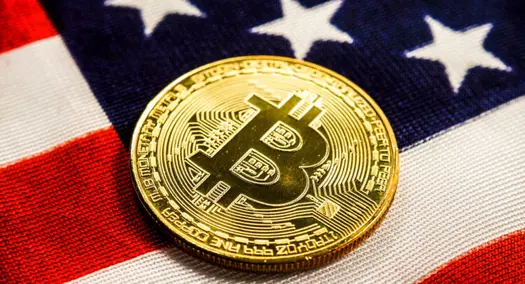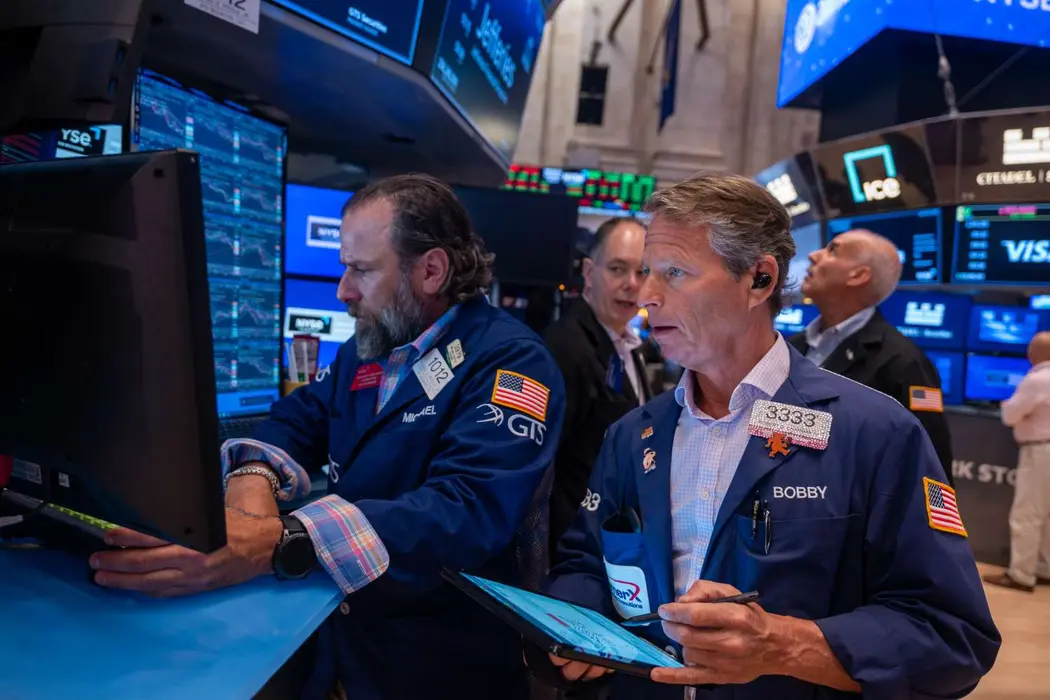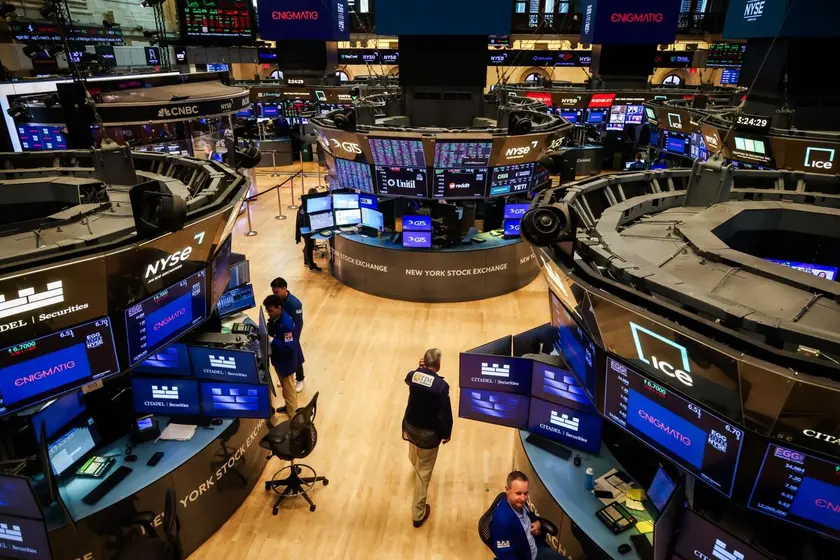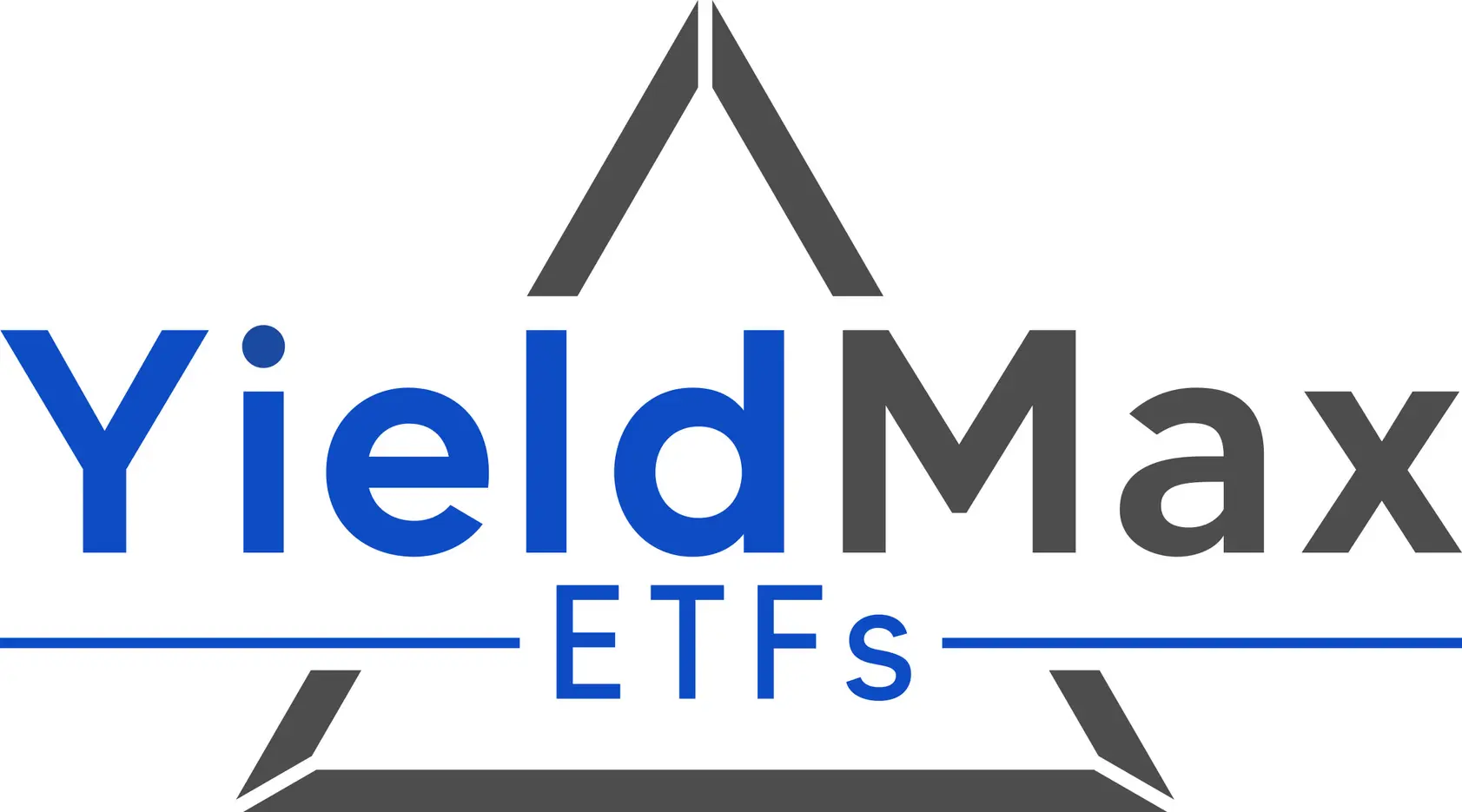T4K3.news
Markets hold at high valuation
Stocks trade near a 30 P/E as growth slows and policy risks loom, signaling potential downside if profits do not keep pace.

Valuation levels near 30 times earnings raise questions about the sustainability of the rally amid slowing growth and policy risks.
Stocks Near 30 P E Raise Market Risk
As of mid August the S&P 500 closed around 6,469, with trailing twelve month earnings near $216.69 a share, putting the index at a P/E ratio close to 30. Prices have risen faster than profits, a gap that has widened since 2019 when earnings grew about 67 percent while the index climbed roughly 120 percent. The gap suggests buyers are counting on momentum and tech optimism to sustain gains even as fundamentals lag.
The macro backdrop remains uneven. July payrolls added just 73,000 jobs, with May and June figures revised lower, keeping three‑month employment net additions at about 106,000. GDP growth in the first half of 2025 tracked around 1.75 percent, far short of earlier aspirational targets. The Congressional Budget Office warns growth could hover near 1.7–1.8 percent through the next decade, a pace that complicates debt dynamics. Inflation remains a factor with producer prices rising 0.9 percent in June, a move that escalates costs for households and businesses. Tariffs argued by some policy makers as a growth tool are now blamed for higher consumer costs and broader risk to margins, while mortgage rates around 6.7 percent keep housing demand dampened. In financial markets, the expected path of Fed rate cuts has not yet translated into lower long‑term yields, leaving the earnings yield on equities and the yield on Treasuries in tighter competition than many anticipated.
Key Takeaways
"the labor market is deteriorating quickly"
Heather Long on July jobs data
"reduce the size of the U S economy"
CBO director on tariffs impact
"You never know when gravity will take hold, only that it always does"
Final reflection on overvaluation
"the earnings yield on stocks has dwindled"
Article notes shrinking earnings yield
Valuations at or near 30 times earnings are a warning sign that investors should take seriously. The math matters: if earnings fail to keep pace and the P/E remains elevated, even modest shifts in rates or inflation can trigger outsized losses. The current earnings yield around 3.3 percent, plus 2.5 percent inflation, yields roughly 5.8 percent total return—not a dramatic premium for risk in a slow‑growth environment. If the multiple drifts down toward 25 over the next several years, the gains from earnings growth and dividends may be offset by multiple compression, leaving investors with little real upside after inflation.
Beyond the numbers, the market’s resilience hinges on policy signals and the broader economy. Higher bond yields make fixed income a more attractive alternative, limiting the cushion stocks have enjoyed from cheap financing. The rally also leans on sentiment around AI and momentum rather than clear gains in profitability. If profit growth stalls or policy shifts dampen demand, the upside case for stocks weakens and the downside risk grows. In short, the current balance of risk and reward depends on whether earnings catch up with price or prices revert to a more normal valuation. Gravity, history, and the current data all say investors should prepare for a reality check.
Highlights
- Momentum lifts prices faster than profits can grow
- Gravity always wins when valuations run ahead of earnings
- A 30 P E looks like a warning not a forecast
- Bonds finally offer a real alternative to stocks
Valuation risk amid policy headwinds
The market faces high valuations near 30 P/E combined with slowing growth, tariffs, and inflation that threaten profits. If earnings do not keep pace, a material correction is possible. The policy environment adds another layer of uncertainty, increasing the potential for a negative public reaction and investor volatility.
The coming data will test whether today’s optimism can survive a harsher pricing of risk.
Enjoyed this? Let your friends know!
Related News

Bitcoin Reaches New All-Time High

Piper Sandler Rates Palantir Stock Overweight With $170 Target

Cash on the sidelines and the hunt for a dip

Rick Orford Gives Strong Buy Rating on Palantir Stock

Stock market exceeds Buffett’s risk indicator

Stocks Decline as Powell Shares Outlook on Interest Rates

Buffett moves to Treasury Bills as Apple and Bank of America stakes shrink

Market hedging shifts as valuations swell
